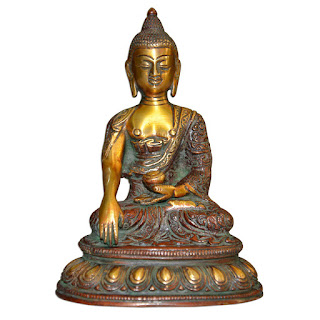 Maa Laxmi also known as Maha Lakshmi. Mahalakshmi is said to bring good luck. She is believed to protect her devotees from all kinds of misery and money-related sorrow. Lakshmi in Sanskrit is derived from its elemental form laks, meaning “to perceive or observe”.This is synonymous with laksya, meaning “aim” or “objective”.
Maa Laxmi also known as Maha Lakshmi. Mahalakshmi is said to bring good luck. She is believed to protect her devotees from all kinds of misery and money-related sorrow. Lakshmi in Sanskrit is derived from its elemental form laks, meaning “to perceive or observe”.This is synonymous with laksya, meaning “aim” or “objective”.
Lakshmi is the Hindu Goddess Who Governs All form of Wealth and Success and the Paths, Means and Results of all forms of Prosperity. Mother Lakshmi is often depicted in several colors: Pink, Gold and White. When Lakshmi's skin color is Pink, She is the Divine Mother. When Her skin is Gold, She is the Universal Shakti and when Her skin is white, She is Mother Earth.
 Lakshmi Devi is always depicted sitting or standing on a lotus with golden coins flowing in an endless stream from one of her hands~ symbolic of when the lotus of wisdom blossoms, the wealth of good and noble qualities appears and Lakshmi's blessings are present. It is for our Divine Mother, Sri Lakshmi, for whom this site is dedicated. Enjoy and much Peace to you!
Lakshmi Devi is always depicted sitting or standing on a lotus with golden coins flowing in an endless stream from one of her hands~ symbolic of when the lotus of wisdom blossoms, the wealth of good and noble qualities appears and Lakshmi's blessings are present. It is for our Divine Mother, Sri Lakshmi, for whom this site is dedicated. Enjoy and much Peace to you!






